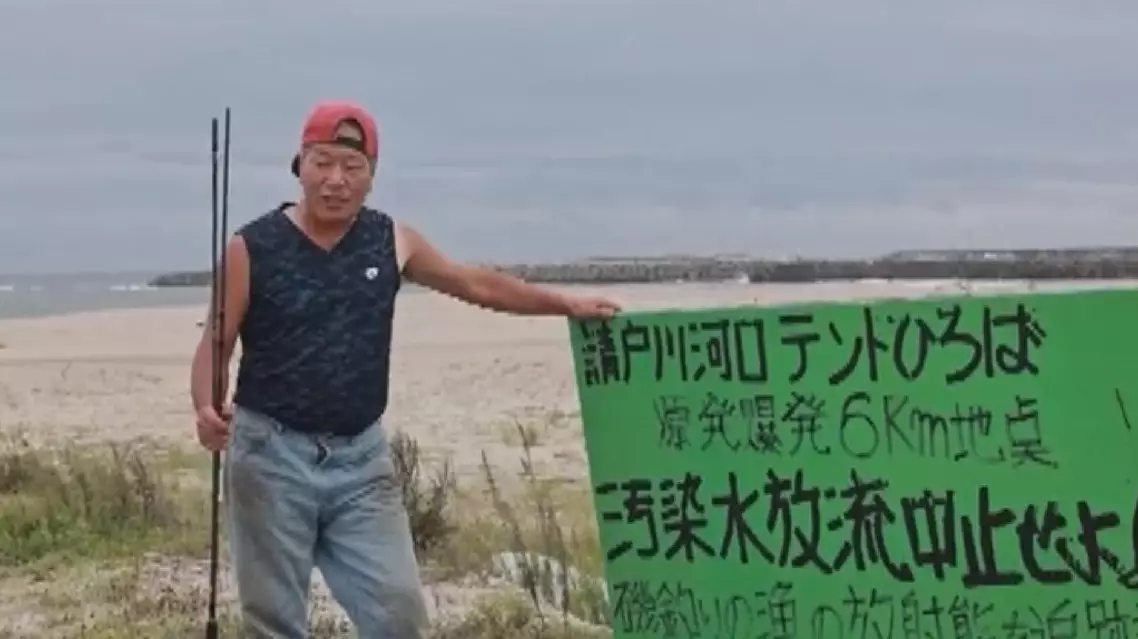A 70-year-old Japanese ranch owner in Fukushima has taken it upon himself to monitor nuclear contamination and consistently advocate for awareness of the hazards associated with the ocean discharge of nuclear-contaminated wastewater from Japan's crippled Fukushima Daiichi Nuclear Power Plant.
Masami Yoshizawa is a native cattle farmer of Fukushima who lives in Namie Town, one of the areas most affected by the massive earthquake on March 11, 2011.
Shortly after the Japanese government began discharging nuclear-contaminated water into the sea in August 2023, Yoshizawa set up a tent by the sea less than 10 kilometers from the Fukushima Daiichi Nuclear Power Plant to live in, expressing his dissatisfaction and disagreement with the government's decision in his own way.
Yoshizawa said that his greatest concern after the discharge of nuclear-contaminated water is the issue of ocean pollution.
"In the 13 years following the Fukushima nuclear accident, various types of fish have been halted from being shipped due to exceeding limits for radioactive substances," he said.
Over the past year, Yoshizawa has frequently fished along the nearby coast and sent the fish he caught to professional organizations for testing at his own expense.
He said that the Tokyo Electric Power Company (TEPCO), the plant's operator, have concealed the truth and expressed mistrust of the test results released by the TEPCO.
"We have now commissioned experts from the University of Tokyo to track and check 67 types of radioactive substances. There is not just cesium; there are also cobalt-60, silver, strontium, and others. The impact of these radioactive substances is very serious, and moreover, dangerous radioactive materials are still currently accumulating in the tanks [storing nuclear-contaminated water]," he said.
He said the discharge of nuclear-contaminated water into the sea is a secondary harm to Fukushima.
Over the past year, he has been actively speaking out in various social activities, raising awareness about the dangers of discharging nuclear-contaminated water into the sea and calling for an immediate halt to the ocean discharge.
"We plan to continue tracking, testing, and researching here for five years. [I will] continue fishing in the rivers and along the coast, and in nearby Maeda area of Futaba Machi and neighboring areas like Odaka River. I will continue giving lectures and speeches, and persist in doing these things for the rest of my life," said he.
Despite opposition from local fishermen, residents and the international community, ocean discharge of the Fukushima nuclear-contaminated water began on Aug 24, 2023.
On Aug 7 this year, Japan started its eighth round of release of nuclear-contaminated wastewater from the Fukushima Daiichi Nuclear Power Plant into the Pacific Ocean.

70-year-old Fukushima rancher dedicated to tracking hazards of nuclear-contaminated water









